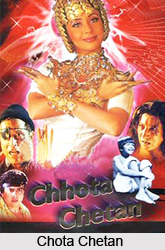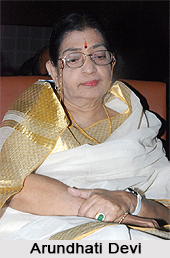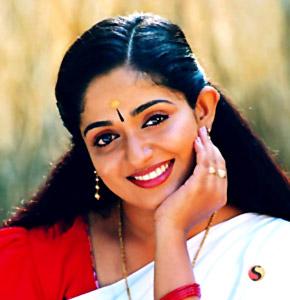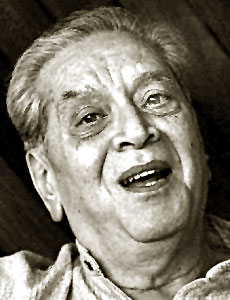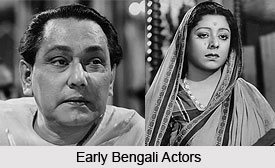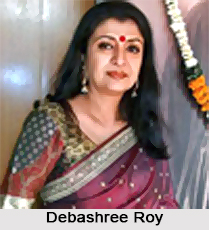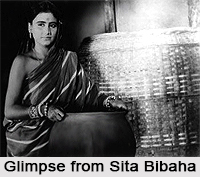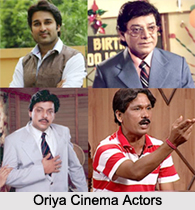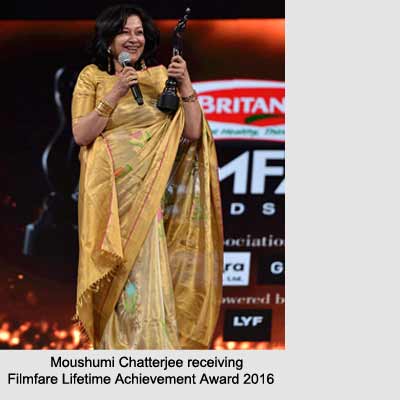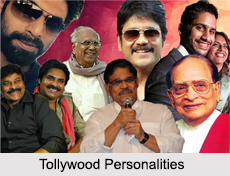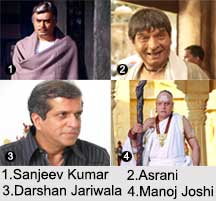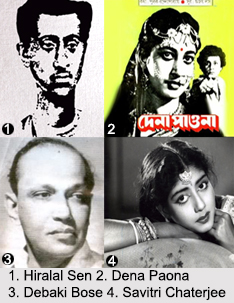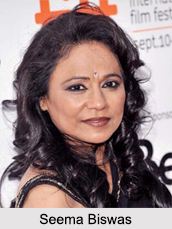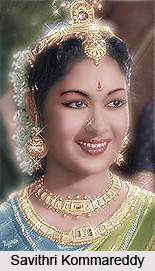The rapid development of the cinema industry and the studios during the Silent Era of the Indian films caught the attention of the colonial authorities and led to certain measures, which would influence the future of cinema. Censorship became official with the implementation of the Indian Cinematographic Act in 1918. Professional associations, such as, the Bombay Cinema and Theatres and Indian Motion Picture Producers Association also came into being.
An entertainment tax was levied from 1922 onwards. A positive measure was the constitution of the Indian Cinematograph Committee in 1927-28. Its objective was to study the various facets of production and distribution of films during the British reign. a nationwide study was conducted and a detailed report was submitted to the Government in 1928. This particular report is an important archive to understand the aspects of Indian cinema during the Silent Era. It spoke about the preferences of the Indian audience in regards to films and the need for censorship. It also decided the extent to which the Censorship Act was to be used. It also encouraged the distribution of Indian films in India and the local industry to produce even more to counter the Hollywood domination.
Hence on the horizon of the Talkie Era of the Indian cinema, 35 years after its beginnings with the Lumiere `Cinematograph,` India showed a marked preference for its own images, reflections of its own cultural values. The principal genres of its future cinema were clearly demarcated. In 1931, the first Indian talking picture paved the way for the future explosion of languages, music and songs of the Indian people. Silent movies, however, continued to be made till 1934.
